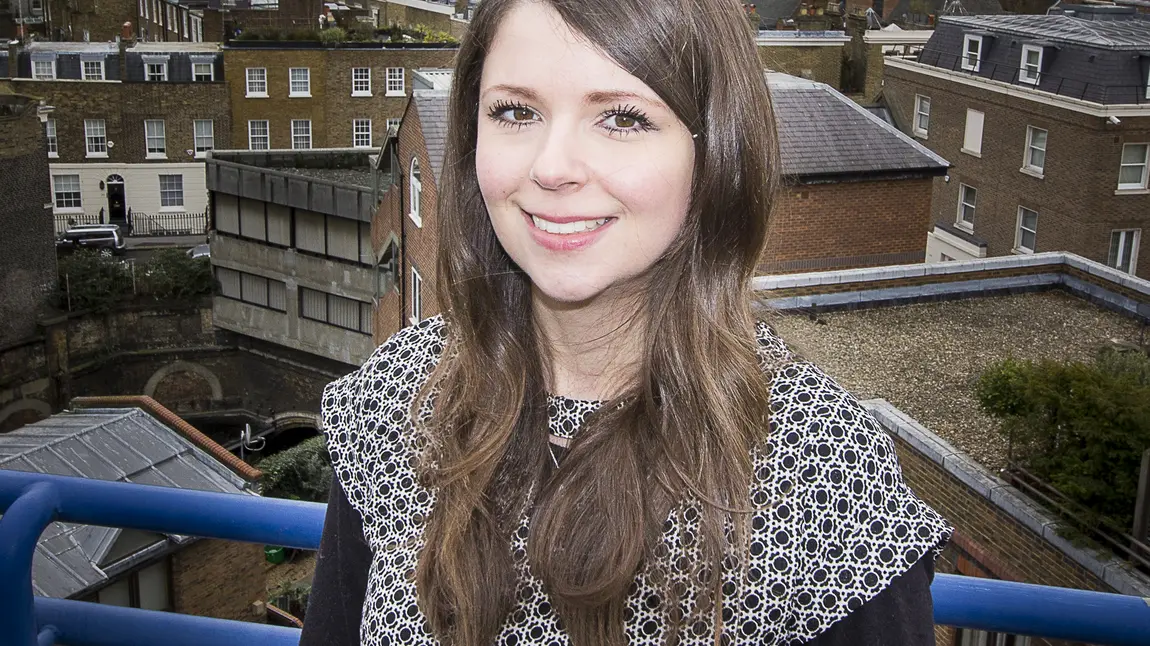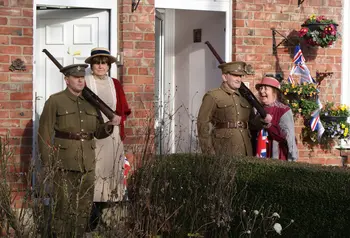Evaluating the First World War Centenary

Over the past few years I have been lucky enough to see first-hand how many projects are marking the Centenary. Certain stories and facts have stayed with me along the way.
I remember the Muslim and Hindu soldiers at the Battle of Kut in modern Iraq, who chose starvation over eating horsemeat, one of the only foods available to the besieged troops. I felt horrified when I learned how munitionettes saw the whites of their eyes, fingernails and scalps turn yellow as they were slowly poisoned by dangerous chemicals. I wondered what it must have been like for soldiers positioned high in the Alps on the Italian Austro-Hungarian border, where skis were needed to move through the deep snow.
A UK-wide Centenary
However, I can only claim to have seen a snippet of the incredible work that has taken place so far. Through mass-participatory moments, commemorative services, the media and thousands of community projects, millions of us have made personal connections to the stories of the First World War.
Since 2010, HLF has awarded over £80million to more than 1,550 First World War projects across the UK. 2016 is the mid-point of the Centenary and an opportune moment for us to look back and consider the impact so far.
Reading the latest report by Sheffield Hallam University, which is evaluating HLF’s Centenary activity, I was struck by a number of things.
Communities leading the way
For me, the Centenary has been characterised by the grassroots response from communities leading projects across the UK. Local groups are uncovering new perspectives, and engaing audiences in innovative ways.
The majority of HLF grants have been awarded under the First World War: Then and now programme for amounts of £3,000 to £10,000. Almost 60% of grantees are community and voluntary organisations. Collecting, conserving and cataloguing source material lies at the heart of many of these projects, with heritage-focused tasks inspiring lots of activities, including exhibitions, resources and community events.
Knowing where to start
At HLF, we have experienced how many grantees are finding the best place to start is with a specific, local focus. I was interested to discover from the report that by looking at local stories, projects went on to expose a range of issues and themes. Women, stories from across the British Empire, conscientious objectors and medicine are just some of the many subjects that have been explored.
For the Heaton Avenues in Wartime project, investigating 10 streets in a suburb of Newcastle led their research into interesting directions: “Even when people had sons and husbands fighting we’ve looked at what they were doing in their everyday lives […] A whole range of things have been highlighted by our stories, like antipathy towards foreigners shown through the story of two Dutch men accused of spying because they were seen taking a photograph.”
Diverse perspectives and voices
As well as exploring diverse subjects, projects have involved a wide range of people, with an estimated 5.1m taking part in activities. When you look more closely at who these people are, those aged over 60, young people and those from Black and Asian Minority Ethnic (BAME) backgrounds were well-represented when compared to the proportions of these groups in the population.
Engaging young people and encouraging diverse perspectives on the First World War are important aims for HLF during the Centenary so it is fantastic to see these groups taking part in significant numbers.
Through the Black on Both Sides project, young people from black British, black African and Caribbean backgrounds took an active role in uncovering the lesser-known black experience of the First World War. The participants, many of whom were at risk of social exclusion, conducted research, created a documentary, exhibition and schools resource to document this hidden history.
People power
As in Heaton Avenues and Black on both Sides, most projects involved volunteers, with 13,500 people giving more than 65,000 days of their time. Over 3,000 people undertook training, developing their research and media skills in particular.
There remains a challenge however, for more BAME groups to be encouraged to take the leading role in projects and we would encourage those who have an idea and would like to lead a project to get in touch.
Creating a lasting legacy
As projects complete we can start to see a Centenary legacy emerging.
Of course the preservation of original artefacts and research is essential for making a lasting historical record that will be sustained beyond 2019. The report tells us that 40% of projects have used Historypin to record their activities and preserve resources. HLF is also working with the British Library to archive project websites for perpetuity in the UK web archive.
For me, however, it is the people who will create the most meaningful legacy, through those who have felt their attitudes change, developed confidence or learnt new skills. Like the refugees and asylum seekers who took part in the ‘Lest we forget -100 years: Refugees Then & Now’ project. By connecting the stories of Belgian refugees in the First World War to the experience of refugees today, participants developed research and language skills, made friends, and most notably, felt more at home in their new country.
There is still time to get involved
Centenary activity will continue into 2019 and our challenge is to think of innovative ways to capitalise on the continuing public interest in the First World War.
Under the First World War: Then and now programme 65% of grants have been awarded to first time applicants, many of whom are keen to do more. Three years into the programme, I am excited to see organisations coming back with new, creative ideas for follow-up projects.
If you have an idea for a project, perhaps your group would like to explore a lesser-known aspect of the First World War, I’d encourage you get in with your local HLF team.
Thanks to National Lottery Players, the First World War: Then and now programme will be open until March 2019, with other programmes open throughout the Centenary and beyond.
